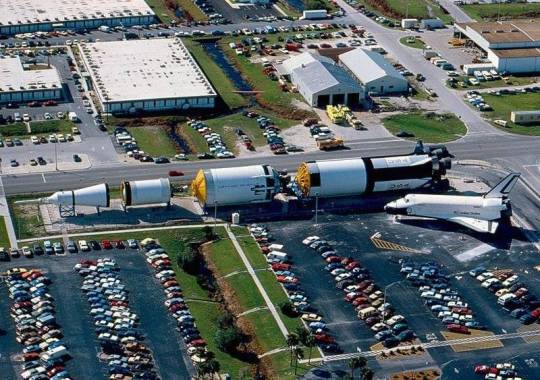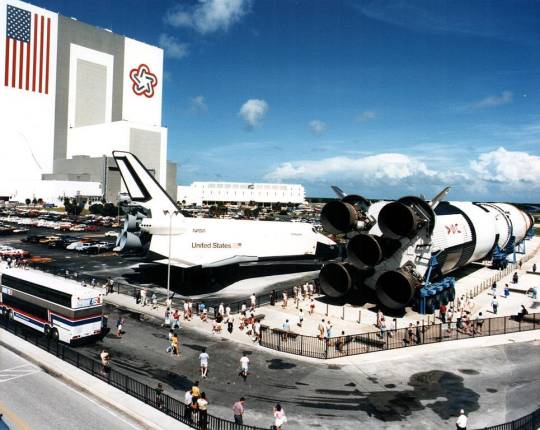#vab
Explore tagged Tumblr posts
Text




Workers in the Vehicle Assembly Building lower the Shuttle External Tank into High Bay 3, to mate it with the two Solid Rocket Boosters on the Mobile Launch Platform (MLP-1).
Date: November 3, 1980
NASA ID: KSC-80PC-0497, 493-S80-42560, 496-80PC-617
#STS-1#NASA#stacking#Vehicle Assembly Building#VAB#Kennedy Space Center#KSC#Florida#November#1980#my post
82 notes
·
View notes
Text

#IFTTT#Flickr#vehicleassemblybuilding#vab#capecanaveral#florida#sts127#storms#clouds#fl#usa#billingalls#nasa#explored
59 notes
·
View notes
Text
Destruction of French-supplied, Ukrainian-operated VAB with a fiber optic guided FPV drone
13 notes
·
View notes
Text
WE BE VI(A)BING
11 notes
·
View notes
Text

Jomanda - Got A Love For You (Hurley's House Mix) #np on The Sound-Box Saturday Night House & Garage Dance Party 10PM - 2AM EST
Listen & Lock in now 🎧✨️
thesound-box.net
#music#house#the sound box#radio#soulful house#streaming#electronic#internet radio#housemusic#garage#dancemusic#dance#saturday#Night#party#Virginia#VA#Virginia Beach#Richmond#RVA#VAB#DMV
3 notes
·
View notes
Text

Workers re-painting the NASA 'meatball' logo on the side of the VAB at Kennedy Space Center in Florida, 2020.
#NASA#meatball#that's-a big-a meat-a-ball!#2020#space exploration#VAB#KSC#cape canaveral#giant logos#happy birthday meatball
6 notes
·
View notes
Text

It's so crazy to me that a random German said "I want this" and then the single largest single story building in the world was made, no questions asked.
3 notes
·
View notes
Text

internet find
#overalls#dungarees#overalls friends#vab#wood#hat#tshirt#white tshirt#black tshirt#one strap#strap down#baggy#baggy overalls#cool#cool look
10 notes
·
View notes
Text


The Saturn V and the Space Shuttle Enterprise parked next to each other outside of the VAB at Kennedy Space Center.
Date: September 20 - November 18, 1985
source
#Space Shuttle#Space Shuttle Enterprise#Enterprise#OV-101#Orbiter#NASA#Saturn V#rocket#Vehicle Assembly Building#VAB#Kennedy Space Center#KSC#Florida#SA-514#September#November#1985#my post
528 notes
·
View notes
Text

#IFTTT#Flickr#nasa#marshallspaceflightcenter#msfc#rocket#space#artemis#spacelaunchsystem#moon2mars#kennedyspacecenter#ksc#artemisii#capecanaveral#florida#johnfkennedyspacecenter#kennedy#spaceport#vab#vehicleassemblybuilding#capeartemisii#corestage#multiuserspaceport#premierspaceport#rocketranch#spacecoast
27 notes
·
View notes
Text

French-supplied VAB APC in Ukrainian service, moving into Russia’s Kursk Oblast.
A German-supplied MAN HX-81 transporter can be seen behind it.
19 notes
·
View notes
Text
I committed another chapter
Short one and im still bad at writing but its out and thats all that matters
0 notes
Text
Бронетранспортёры VAB Mk 3 для Украины
VAB Mk 3 с одним из совместимых боевых модулейС 2022 г. Франция неоднократно передавала Украине различные боевые бронированные машины, и очередная поставка техники состоялась всего несколько дней назад. Киеву передали первую партию колесных бронетранспортёров VAB Mk 3. В ближайшее время украинские экипажи освоят новую технику...... Читать дальше »
0 notes
Video
KSC-20240724-PH-JBP01_0034 by NASA Kennedy Via Flickr: In this aerial view, NASA’s Pegasus barge, carrying the agency’s massive SLS (Space Launch System) core stage, arrives at NASA’s Kennedy Space Center Complex 39 turn basin wharf in Florida on Tuesday, July 23, 2024, after journeying from the agency’s Michoud Assembly Facility in New Orleans. The core stage is the next piece of Artemis hardware to arrive at the spaceport and will be offloaded and moved to NASA Kennedy’s Vehicle Assembly Building, where it will be prepared for integration ahead of the Artemis II launch. Photo credit: NASA/Jamie Peer and Isaac Hutson NASA image use policy.
#Artemis#Artemis II#Core Stage#Crew#EGS#Exploration Ground Systems#Kennedy#Kennedy Space Center#Mars#Moon#NASA#Orion#Pegasus#Pegasus barge#SLS#Space Launch System#UAS#VAB#Vehicle Assembly Building#barge#drone#flickr
1 note
·
View note


